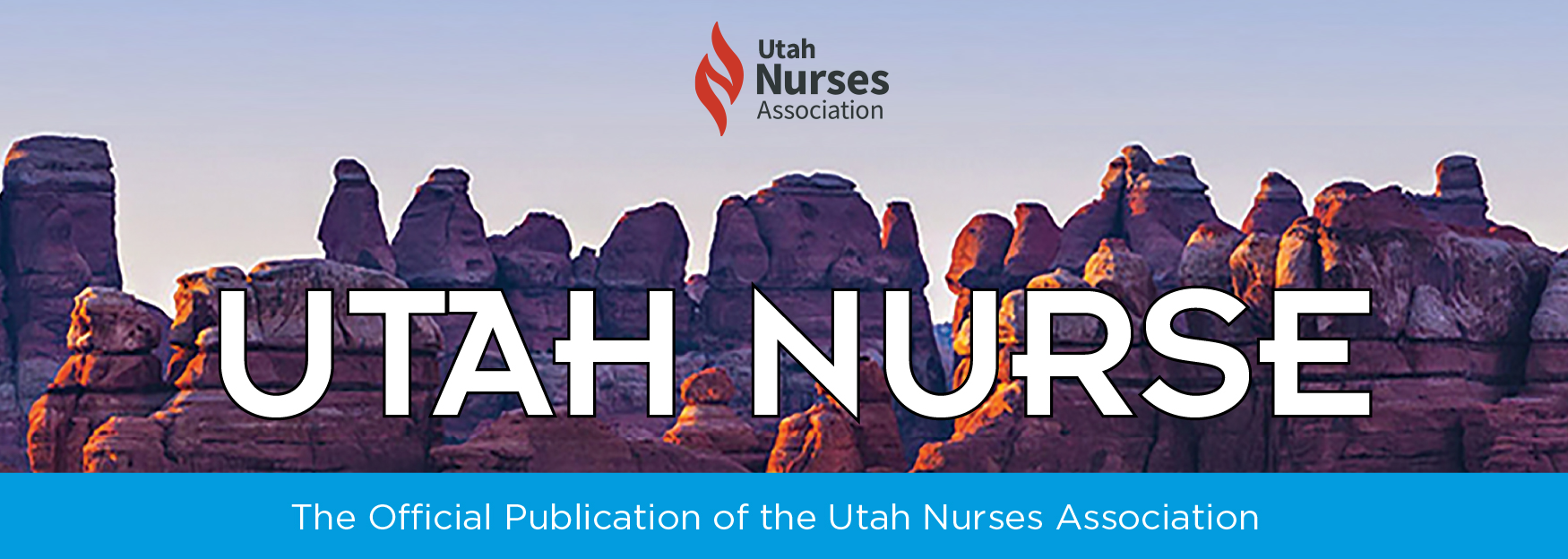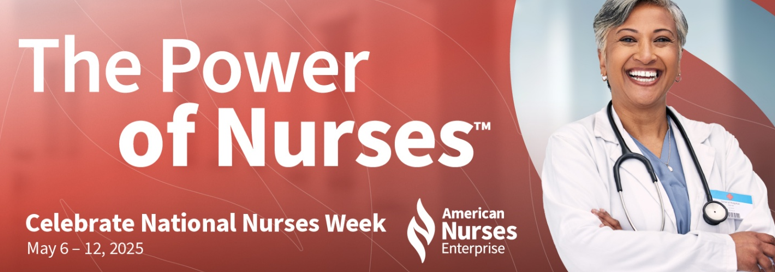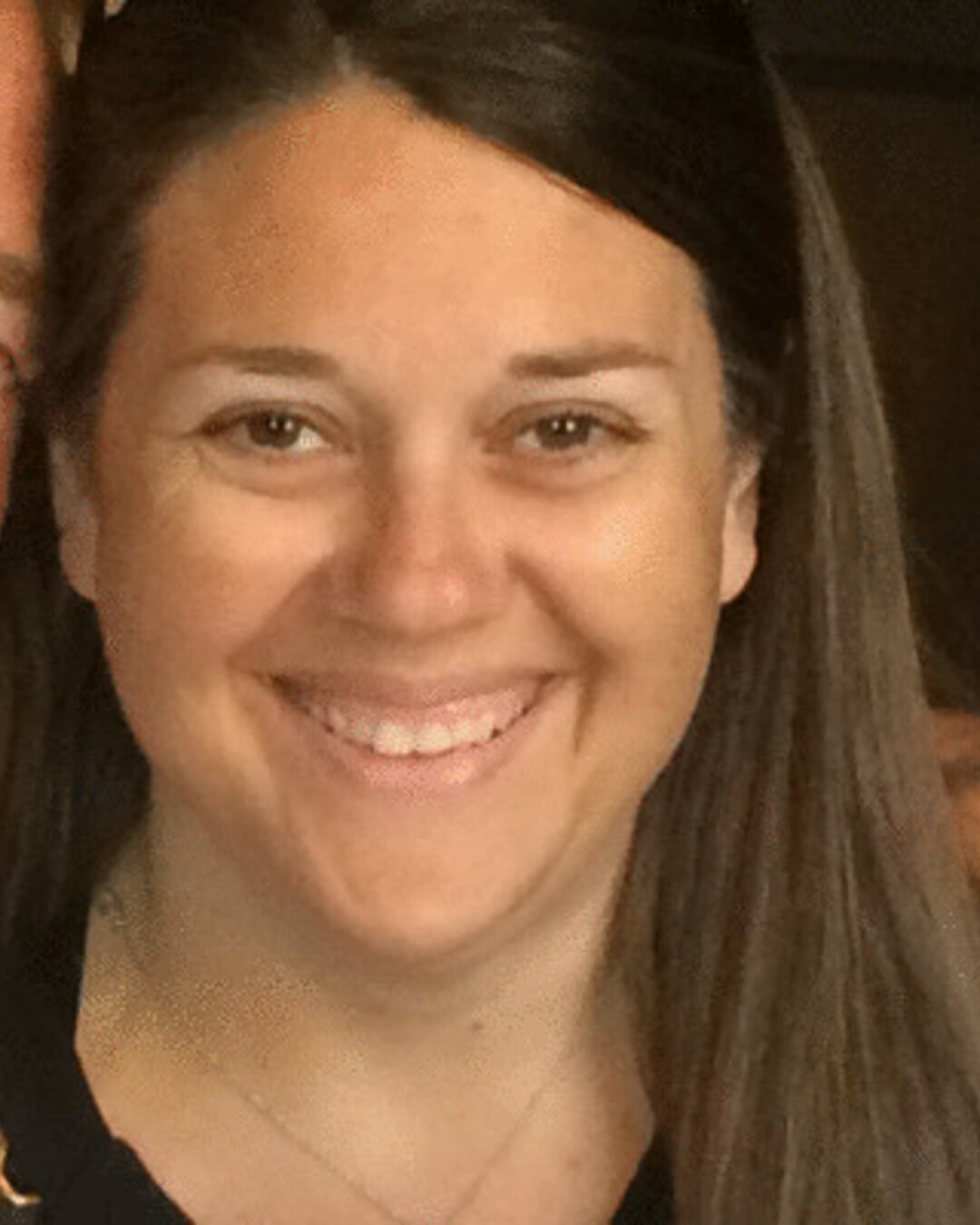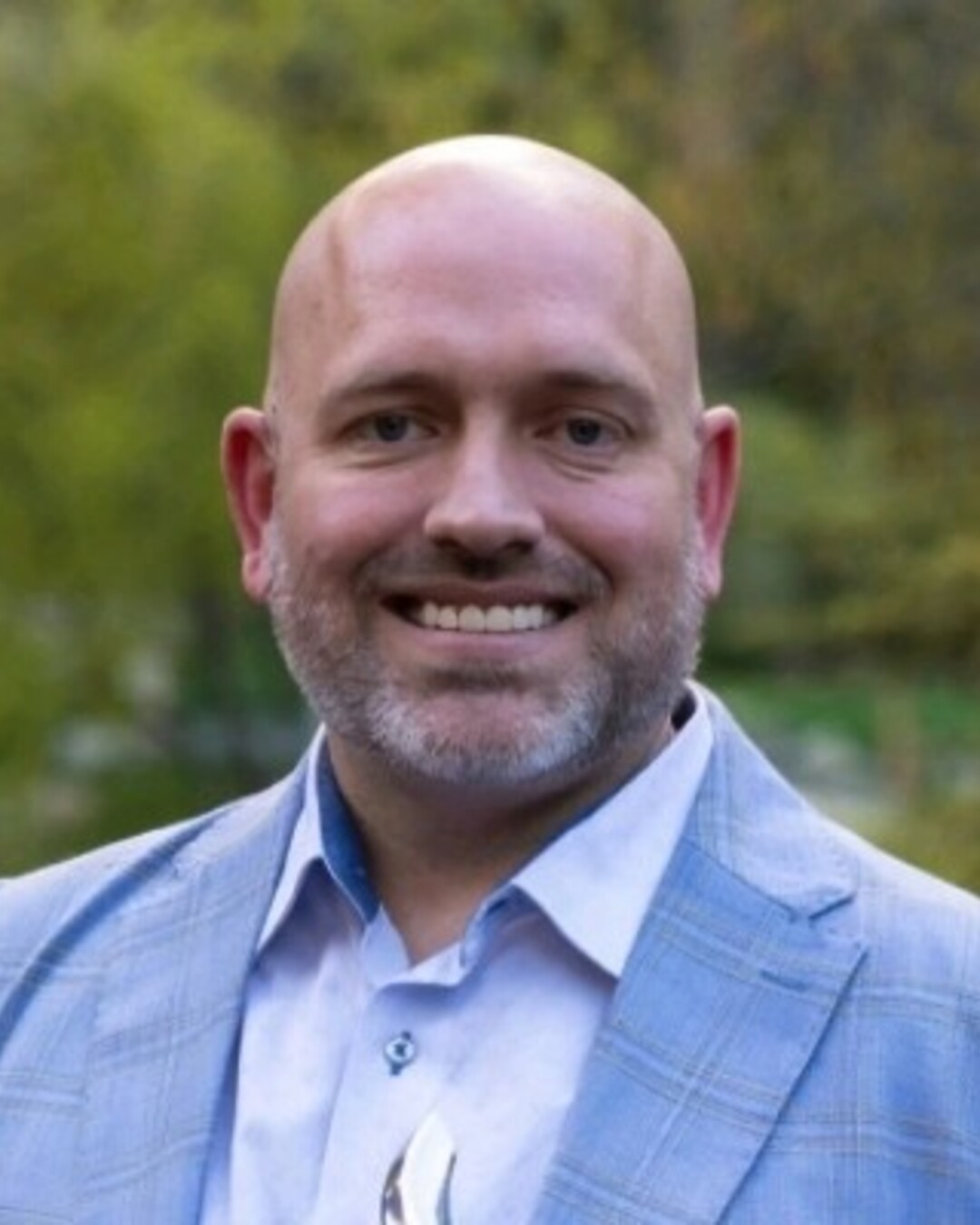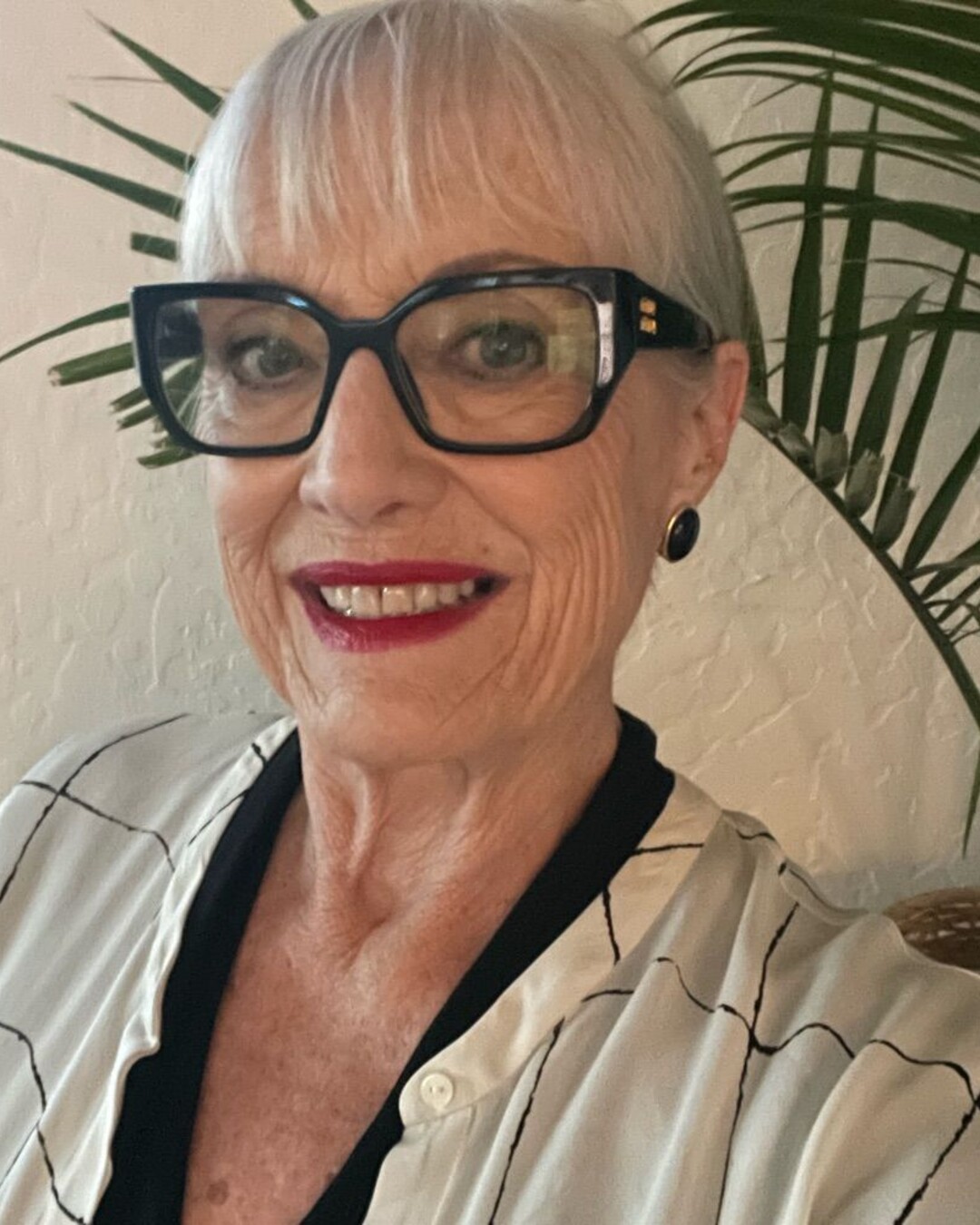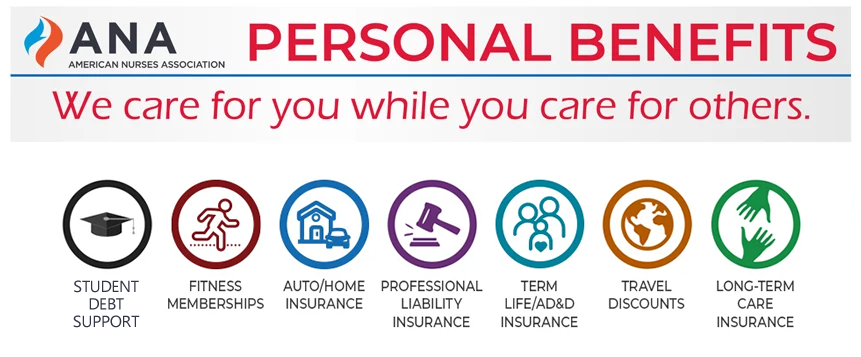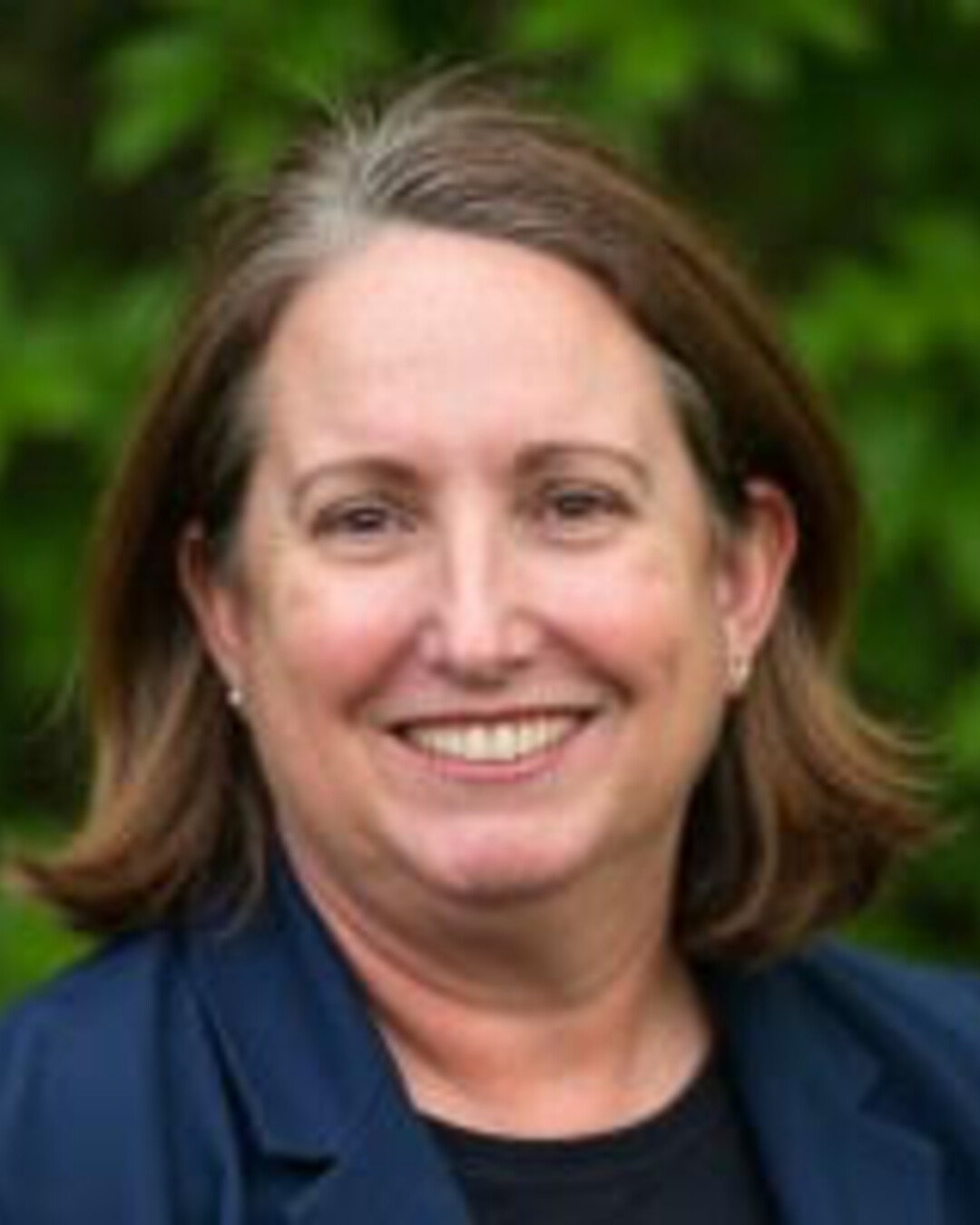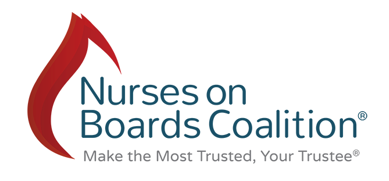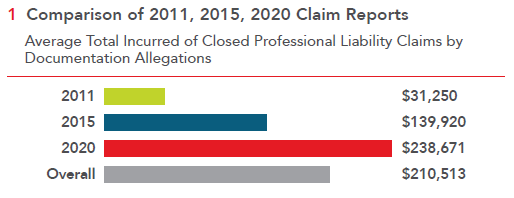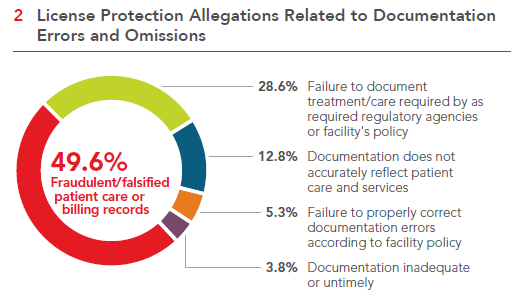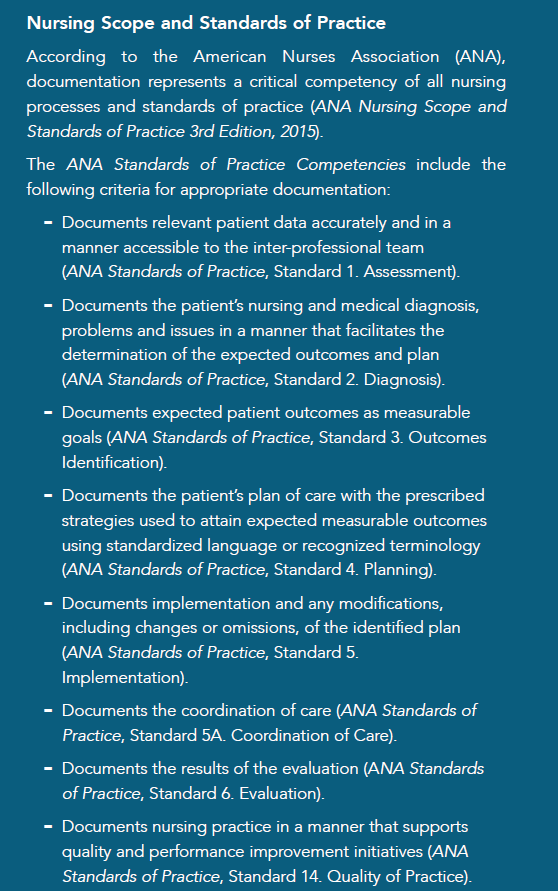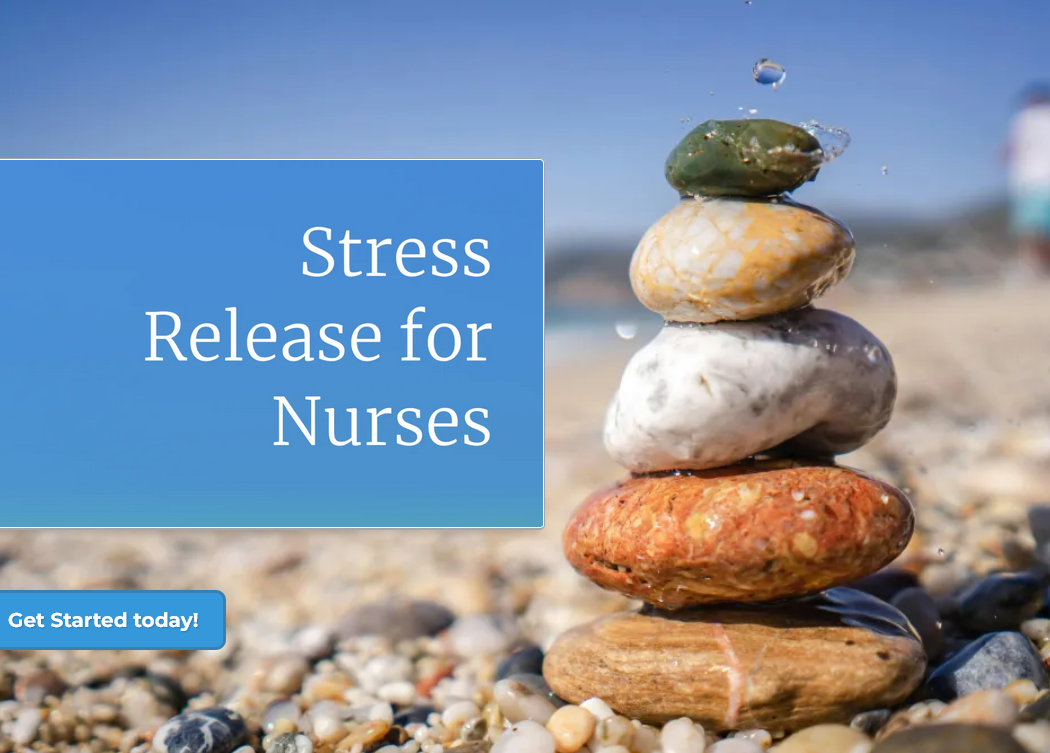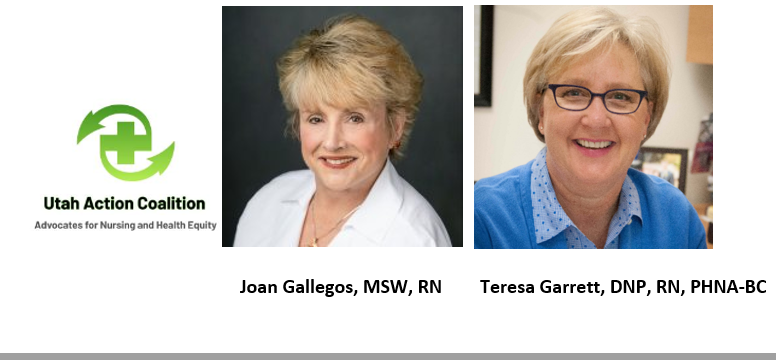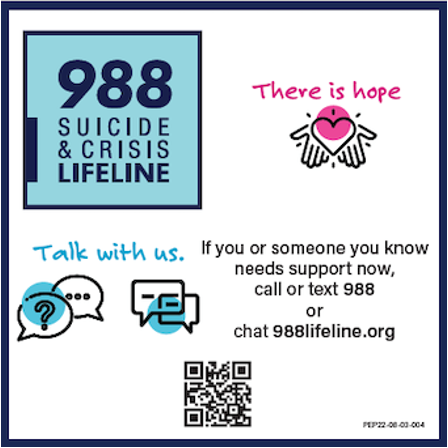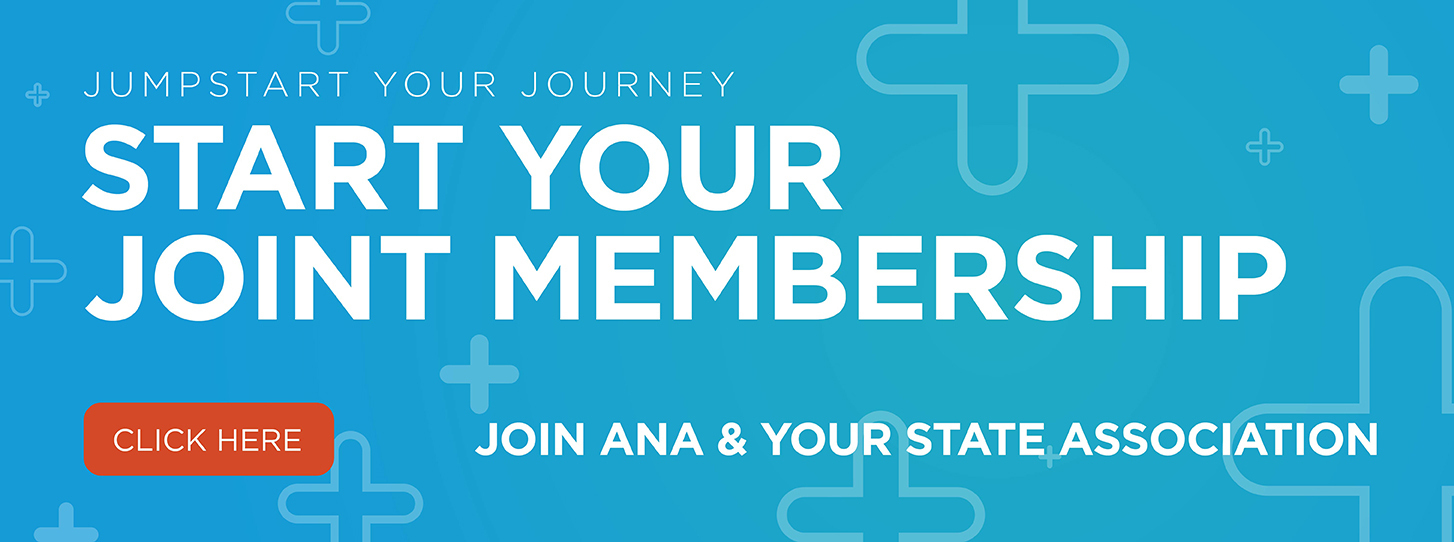Utah’s 2025 Legislative session ended on March 7, 2025. During the 2025 session, policymakers focused their attention on several keys bills that will have a lasting impact on the profession of nursing and healthcare delivery throughout the state. A series of bills were introduced, debated, and passed that aim to improve working conditions, improve patient outcomes, provide services for vulnerable populations, and alter healthcare delivery systems through innovative policy measures.
Throughout the legislative session, UNA focused our efforts on several bills that met our Public Policy Agenda of promoting health principles and professional practice and workforce principles. In previous legislative sessions, UNA has been quite successful in campaigning for bills that support our Public Policy Agenda. Despite some policy defeats, UNA was able to work with legislators to provide testimony, support, and calls to action that resulted in the passage of bills that reflect the value of nursing practice. The following is the result of our diligent efforts during this legislative session.
HB 275 First Responder Volunteer Tax Credit, introduced by Representative Monson, was aimed at providing a tax credit to first responders that volunteer their time to provide emergency services to rural Utah communities. Initially, HB 275 received a favorable recommendation from the House Revenue and Taxation Committee. Once the bill moved to the House floor, it was passed with a resounding 66-5-4 vote. The bill then moved to the Senate, where the Senate Rules Committee determined not to act upon it, therefore, the bill was sent back to the House and was filed as not being passed. UNA continues to support Rep. Monson in his efforts and hopes that he intends to introduce this bill again in 2026.
HB 14 Emergency Service Personnel Amendments, sponsored by Representative Thurston, would allow licensed emergency medical personnel to provide non-911 emergency medical services in certain circumstances and with appropriate medical supervision. This would allow an emergency medical service employee, such as an EMT or paramedic, to provide non-emergency services in hospitals, emergency rooms, clinics, or at an event. Ultimately, this would improve workflow and patient care. This bill passed the House and the Senate and was signed into law by Governor Cox on 2/27/25.
HB 40 School Safety Amendments, sponsored by Representative Wilcox, aimed to modify school safety provisions, including $25,000,000 in appropriations to address the modifications within the bill. This bill, in the original form, included $2,000,000 of ongoing yearly funding specifically for school nursing. Currently, only 12% of Utah students are at the Utah recommended nurse to student ratio of 1:2000. Certain districts in the state have a 1:5130 nurse to student ratio. After multiple substitutions, the ongoing annual funding for school nurses was cut, however, the final version of the bill was signed by Governor Cox on 3/26/25.
HB 100 Food Security Amendments, sponsored by Representative Clancy, would establish a program to provide school lunches, at no cost, to students that met eligibility criteria. Rep. Clancy reached out to UNA for support on this bill and in turn, we sent out a call-to-action request to all nurses in Utah and the subsequent Utah nurse response was positive. This bill had multiple substitutions and was vehemently debated in the House and the Senate. The final version of the bill appropriated $2.5 million for K-12 students with an eligibility criterion of $67,000 for a family of five. While the original fiscal note for the bill took several hits during the committee debates, the final version was passed by the House and Senate and was signed by Governor Cox on March 25, 2025.
HB 52 Health Insurance Modifications, sponsored by Representative Pierucci, would require a health benefit plan to count all payments paid on behalf of an enrollee towards the enrollee's deductible whether it was paid by the enrollee or another party. This bill never made it out of the House Rules Committee (the starting point for House bills) and was filed for bills not passed. Again, we support Rep. Pierucci in future introductions of this bill.
HB 152 Health Care Facilities Amendments, sponsored by Representative Hall, aimed to establish minimum staffing standards for freestanding emergency rooms. This language would require a minimum of two registered nurses at each facility 24 hours a day, would require a respiratory therapist 24 hours a day, and would require laboratory services at each facility. Several UNA Government Relation Committee members testified on behalf of this bill during the interim session and the 2025 legislative session on capitol hill. We collaborated with the Utah Emergency Nurse Association, American Nurses Association, and the national Emergency Nursing Association on this effort. UNA worked with Rep. Hall diligently for nearly a year on this bill and after some minimal substitutions, UNA is proud to say that this bill passed the House and the Senate and was signed into law by Governor Cox on March 24, 2025. While requiring two nurses on staff at freestanding emergency rooms may seem trivial to some, it is imperative to note that this is the first law in Utah that includes in language regulating nurse staffing standards. UNA is hopeful that this is the first step in the creation of nurses staffing standards in all nursing specialties.
UNA would like to recognize and thank Representatives Katy Hall and Logan Monson. They are the two registered nurses in the Utah House that have shown UNA great support, respect, and have continually collaborated with us during the 2025 legislative session. We hope to continue to expand this relationship with them and look forward to working with them moving into the 2026 session. UNA would also like to thank the members of the Government Relations Committee for their outstanding work and efforts in addressing 2025 bills.
While this is just a review of some of the bills that impacted the nursing profession in 2025, UNA will now turn our focus to 2026 and concentrate our efforts on establishing relationships and sponsors for bills that address our Public Policy Agenda with the expectation to improve nursing working conditions, as well as health and wellness for all Utahns.
